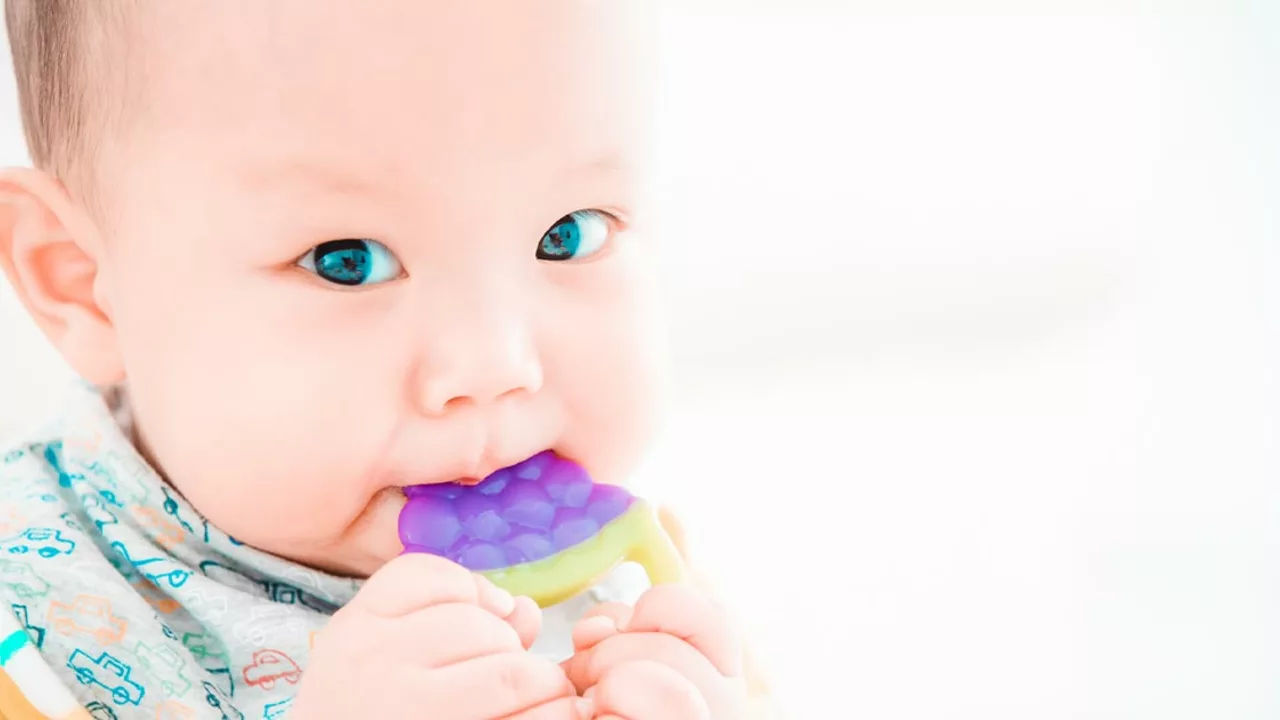Parenting: Teething Relief, Medication Safety & Practical Tips
Got a fussy baby or a question about a medicine? You’re in the right place. This page gives clear, useful tips on easing teething pain, spotting when to call the pediatrician, and what parents should know about drugs like meloxicam.
Quick, practical ways to soothe teething
Teething usually shows up as drooling, chewing on things, red gums, and extra crankiness. Try chilled (not frozen) teething rings, a cool wet washcloth, or a chilled spoon for short, supervised bites. Gently rub your baby’s gums with a clean finger—pressure can bring quick comfort. If your baby eats solids, cold applesauce or yogurt can help soothe the gums too.
Avoid teething gels with benzocaine unless your doctor specifically recommends them. They can numb too much or cause rare side effects. Instead, stick to non-medicated methods first and watch how your baby responds. If fever, vomiting, or diarrhea appear, call your pediatrician—those can mean something beyond teething.
Medication safety: what parents should know about meloxicam and alternatives
Meloxicam is an NSAID used mainly for adults and sometimes older kids with inflammatory conditions like juvenile arthritis. It’s not usually given to babies or toddlers under two years old. If a doctor prescribes meloxicam for an older child, follow dosage instructions exactly and ask about signs of side effects—stomach pain, blood in stools, rash, or breathing changes.
For everyday aches and fevers, most pediatricians recommend acetaminophen or ibuprofen in age-appropriate doses. Never mix medications without checking the label or asking your doctor. Keep all medicines out of children’s reach and use the syringe or measuring tool that comes with the drug to avoid dosing mistakes.
When should you call the doctor? Reach out if your child has a high fever (ask your pediatrician what number counts for your child’s age), severe or worsening pain, signs of an allergic reaction (hives, swelling, breathing trouble), or if prescribed medicines cause stomach upset or persistent changes in behavior.
Simple routines help a lot: keep teething toys clean, offer comfort and extra cuddles, and track symptoms so you can tell the doctor exactly what’s happening. If you’re ever unsure about a medicine or a symptom, call your pediatrician—getting clear advice beats guessing.
Want more hands-on tips? Check the posts below about easing teething pain and understanding meloxicam for kids. Use what fits your family, and always ask your healthcare provider when in doubt.

